Planets in our Solar System are divided into two types: large,
low-density gas giants, and smaller, rocky
terrestrials. Under IAU definitions, there are eight
planets in the Solar System. In order from the Sun,
they are the four terrestrials, Mercury, Venus,
Earth, and Mars, then the four gas giants, Jupiter,
Saturn, Uranus, and Neptune. Many of these planets
are orbited by one or more moons, some of which are
larger than small planets.
The Solar System also contains 5 recognized dwarf
planets and numerous minor planets. Dwarf planets
have sufficient gravity to form a roughly spherical
shape; minor planets are smaller and may have
irregular shapes. The minor planets are Ceres, Pluto (formerly considered to be the
Solar System's ninth planet), Makemake, Haumea, and
Eris. Many distant bodies are known in the
KuiperBelt and a dozen or more may also qualify as minor
planets. No extrasolar dwarf planets have yet been
detected.

Solar System and our neasrest neighbour Alpha
Centauri, distances shown on a logaritmic scale
Asteroids are small bodies circling the Sun, mostly
in the Asteroid Belt between Mars and Jupiter.
However, there are asteroids with orbits as small as
Mercury and larger than Neptune. A number of other
asteroids have been proposed as candidates for the
dwarf planet category.
Comets are small asteroid-like bodies derived from
the same source as Centaurs, but their orbits reach
the inner Solar System. Energy from the Sun
vaporizes some of the comet's material, giving the
object a distinctive tail, or coma.
 Meteoroids
are small fragments of asteroids or comets, usually
only a few feet or less in diameter, and are
invisible to telescopes due to their small size. If
one enters the Earth's atmosphere, its trail through
the sky becomes visible as it vaporizes due to the
heat of friction. That trail of bright light is
called a Meteor. If a portion of the meteoroid
survives intact and reaches the ground, it is called
a Meteorite. A meteor is also called a Bolide, when
it is large and explodes in the air, or a Fireball
when it is brighter than Venus but smaller than a
bolide. Meteor showers occur when Earth passes
through the orbit of a comet; the number pf meteors
visible to the naked eye varies from less than a 100
per minute up to a 1000 per minute in rare cases.
The apparent "source" of the meteor shower in the
sky is called the Radiant.
Meteoroids
are small fragments of asteroids or comets, usually
only a few feet or less in diameter, and are
invisible to telescopes due to their small size. If
one enters the Earth's atmosphere, its trail through
the sky becomes visible as it vaporizes due to the
heat of friction. That trail of bright light is
called a Meteor. If a portion of the meteoroid
survives intact and reaches the ground, it is called
a Meteorite. A meteor is also called a Bolide, when
it is large and explodes in the air, or a Fireball
when it is brighter than Venus but smaller than a
bolide. Meteor showers occur when Earth passes
through the orbit of a comet; the number pf meteors
visible to the naked eye varies from less than a 100
per minute up to a 1000 per minute in rare cases.
The apparent "source" of the meteor shower in the
sky is called the Radiant.
A
superbolide seared through the sky over China,
Kasakstan, and Russia in February 2012. The 60 foot,
11000 ton asteroid broke up near Chelyabinsk and was
the largest meteor to hit Earth since the Tunguska
event in Siberia in 1908. Coincidentally, a much
larger asteroid, 2012DA14, passed
within 17200 miles of Earth on the same day, but the two objects were
unrelated. 2012DA14
was twice the diameter and 4 times the mass of the
Chelyabinsk meteroid - pretty close call!
 Trojans are small bodies that are in the same orbit
as their host, either a planet or a moon. They sit
at the stable Lagrangian points 60 degrees ahead and
60 degrees behind their host. Jupiter, Neptune,
Mars, Earth, and
some of Saturn's moons have Trojans. Earth's Trojan,
2010 TK7, was discovered by Martin Connors of Athabasca University in Alberta, Canada.
Trojans are small bodies that are in the same orbit
as their host, either a planet or a moon. They sit
at the stable Lagrangian points 60 degrees ahead and
60 degrees behind their host. Jupiter, Neptune,
Mars, Earth, and
some of Saturn's moons have Trojans. Earth's Trojan,
2010 TK7, was discovered by Martin Connors of Athabasca University in Alberta, Canada.
Other
near earth objects (NEO's), besides 2010 TK7, are
the asteroids 3753 Cruithne, 54509 YORP, 1998 UP1,
2002 AA29, and 2009BD which exist in resonant
orbits.
Mars has four
known co-orbital asteroids (5261 Eureka, 1999 UJ7,
1998 VF31, and 2007 NS2, all at the Lagrangian
points), and Jupiter has more than 1000 known
objects, the Trojan asteroids.
Centaurs are asteroids, or minor planets, that have
highly elliptical orbits, crossing the orbit of
Neptune. These are also called Trans-Neptunian
Objects (TNO's). Their orbits emanate inside the
Kuiper Belt, scattered disc, and Oort Cloud, well
beyond the orbit of Neptune. Their elliptical orbits
can bring them as far as Jupiter before they return
to their distant homes.
Moons orbit most Solar System planets except Mercury
and Venus. Rings of dust and debris orbit all four
gas giants. Shepard moons organize the rings into
distinctive patterns, the most notable being
Saturn's.


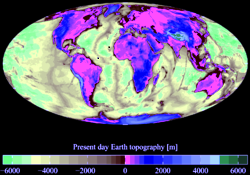
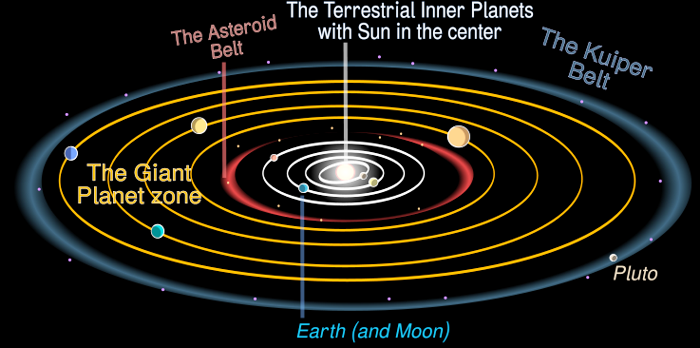


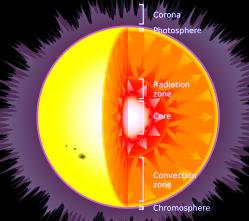
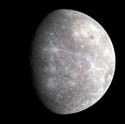
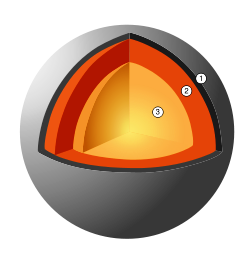
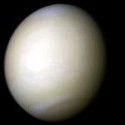
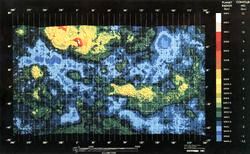

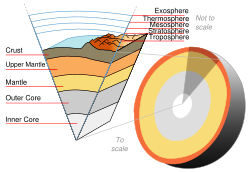

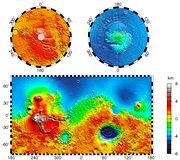
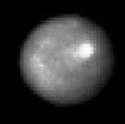
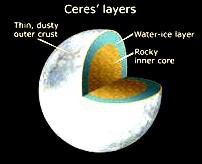
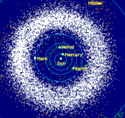
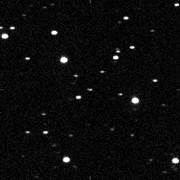 LARGE
ASTEROIDS
LARGE
ASTEROIDS


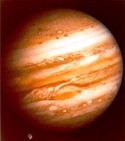
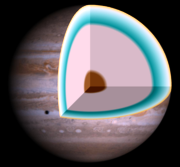

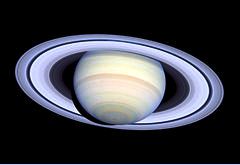
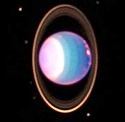
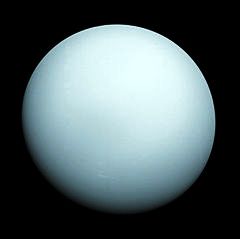
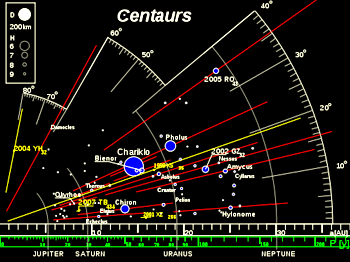 CENTAURS
CENTAURS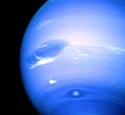
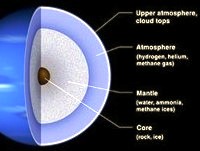
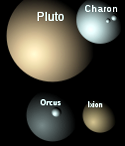


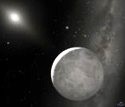
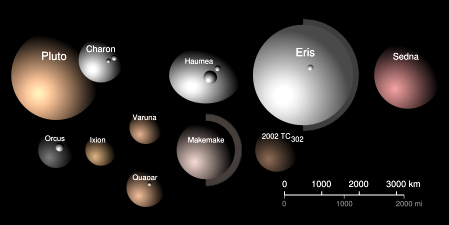 KUIPER
BELT
KUIPER
BELT 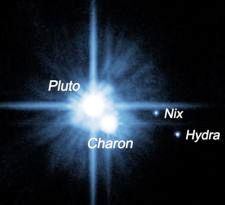
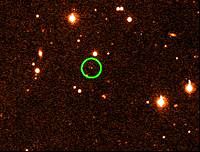 2002AW197 47.30
890 0.52
2002AW197 47.30
890 0.52